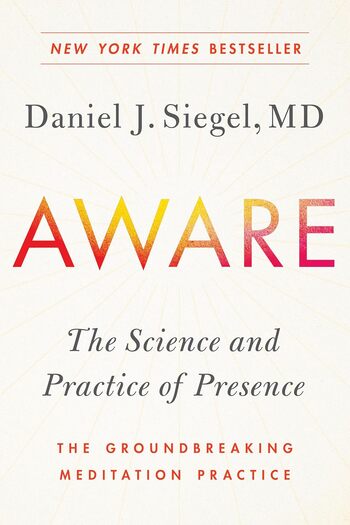
Daniel Gilbert’s ‘Stumbling on Happiness’ explores how humans are poor predictors of future happiness due to cognitive biases, impacting our decisions and emotional forecasts.
Main Lessons
- Humans struggle to predict their future emotions accurately.
- Our current feelings heavily influence future forecasts.
- Cognitive biases often lead to misjudgments in predicting happiness.
- People tend to regret inaction more than action.
- Awareness of cognitive biases can help reduce future regret.
- Journaling is recommended to track decisions and feelings.
- We cannot fully shield ourselves from cognitive biases but knowledge helps.
- Science predicts the future will overly resemble the present.
- Overconfidence in imagination can lead to unrealistic predictions.
- Reading about cognitive biases can save time and reduce suffering.
- Understanding our thinking limitations is both humbling and frustrating.
- The book aligns with themes from ‘Thinking, Fast and Slow,’ but is more accessible.
- Biases lead us to mistakenly conclude future emotions based on current states.








